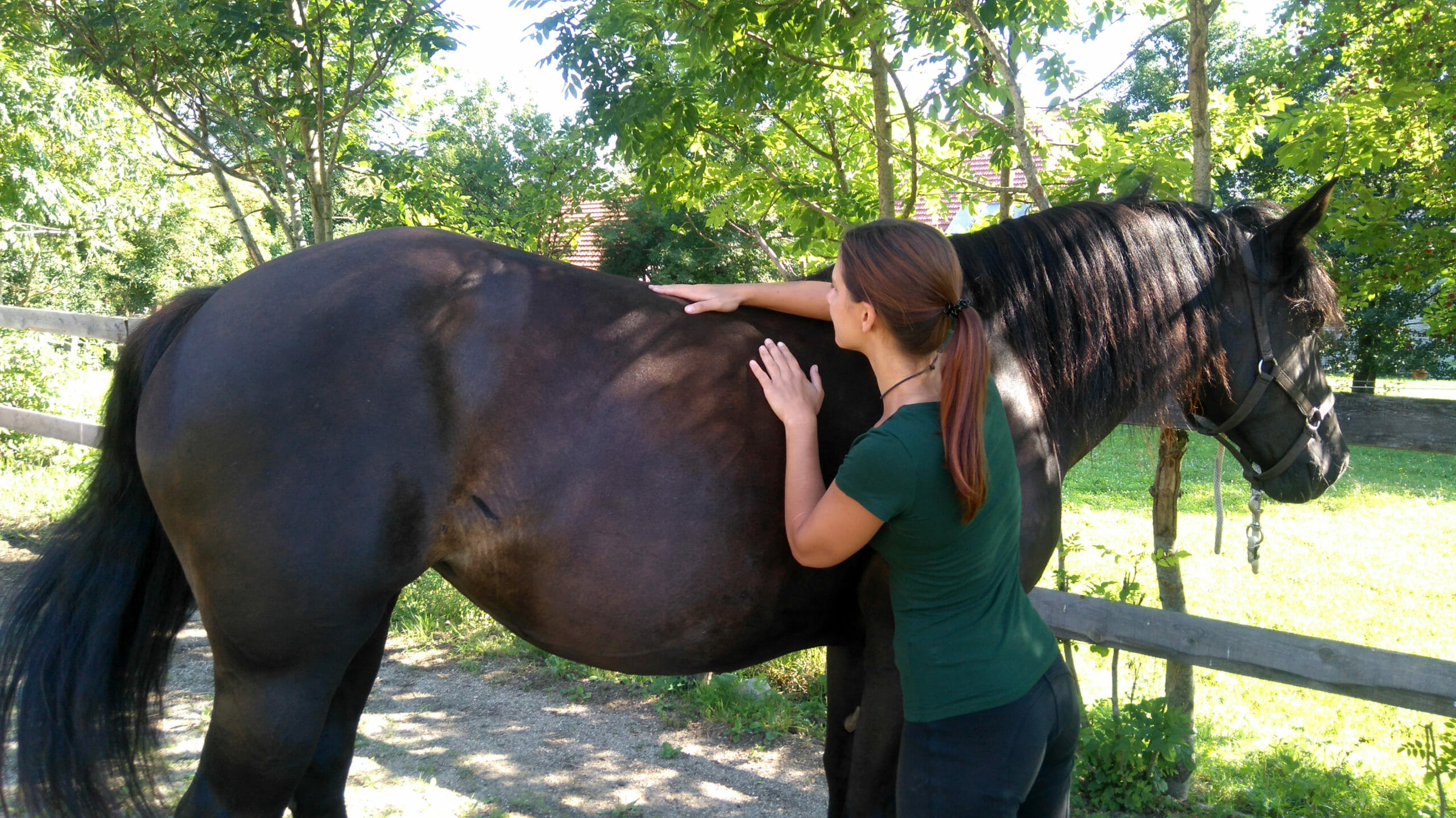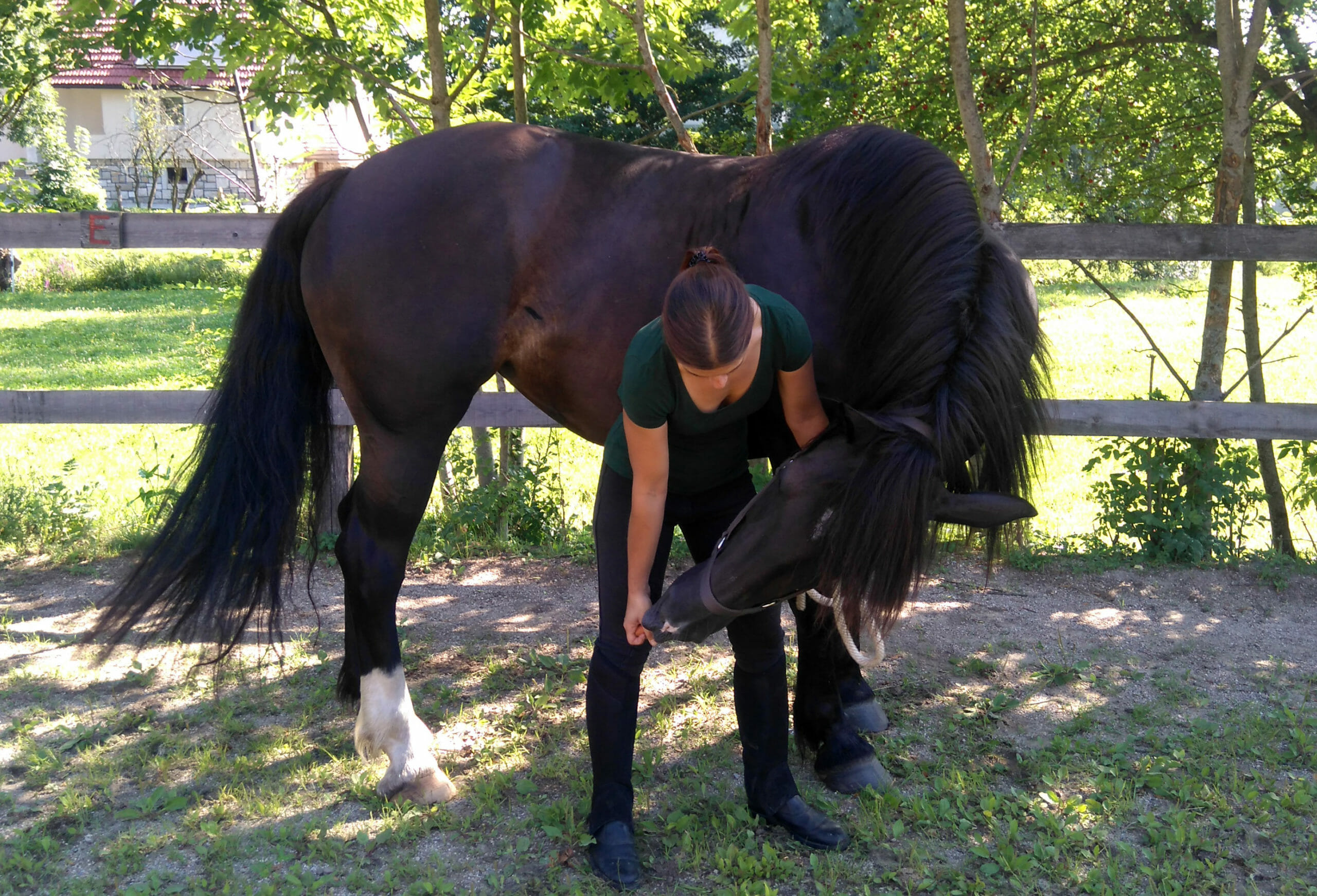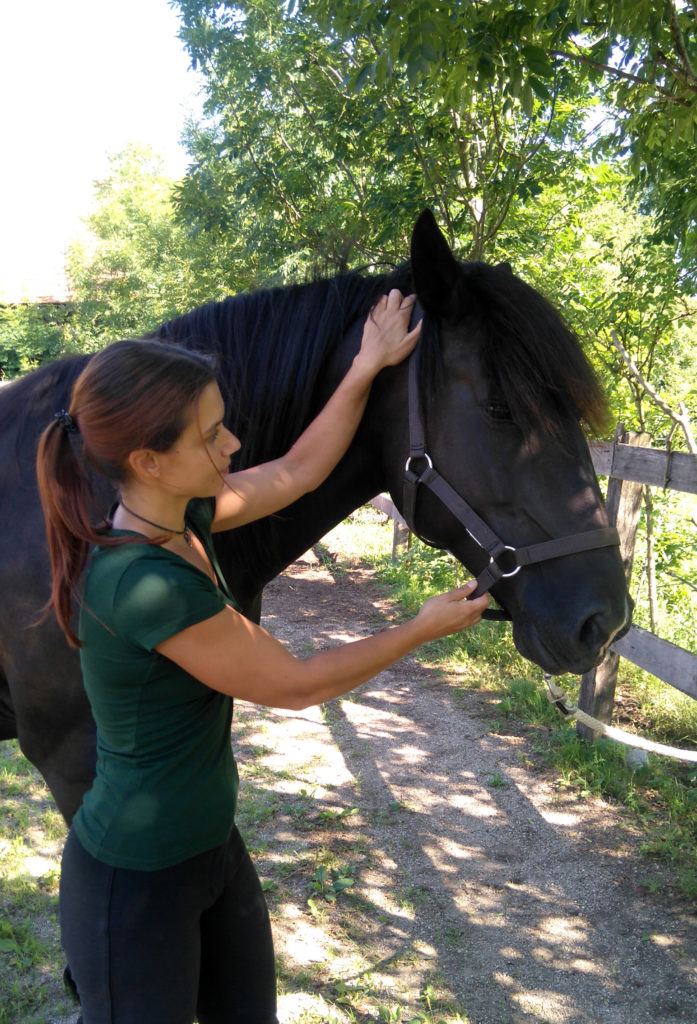PREVENTATIVE CARE FOR YOUR HORSE – PART ONE
Nowadays everyone is constantly in a hurry. We struggle to find the time for important things, so the non-essentials are often completely overlooked. Unfortunately, a lot of us are in a hurry even when we are spending time with our horses. We rarely have time to do stretching exercises after our ride and we like to minimise the warm-up because we simply don’t have time for a long, proper one. These seemingly non-essential bits and bobs that we like to skip can aid us in preventing a lot of trouble in the future, so it really, really makes sense to take the time to do them, even if we are in a rush. If we spend five minutes before and after our ride to do some preventative exercises, we are already doing a lot. And everyone has five minutes, right? In this article we are going to look at a couple of simple techniques that you can do with your horse before and after training to help him maintain a healthy body.
WHAT IS THE PURPOSE OF THE EXERCISES?
Perhaps ten minutes a day does not seem like enough time to actually make a change or to have a positive impact on the health of our horse, so you might be wondering if it’s worth implementing it into your routine. Doing these exercises regularly works on several levels. First, they help us get a feel for what is normal for our horse and what his muscles and soft tissue are supposed to feel like. This means we will be better equipped to recognise early signs of pain and tightness. In addition to that we will learn how our horse reacts to being touched in certain ways and certain places. We will get to know his behaviour a little bit better. If for example our horse enjoys a specific exercise on most days and then all of a sudden, he starts having trouble with it, it is a red flag that something is wrong. We get a clear warning even before the horse is lame and showing obvious signs of discomfort. The pre-training routine is the first step in the warm up, which means our horse’s muscles will be better suited for work even before we start our usual warm up routine. This means they will do their job more efficiently and with a lower risk for injury. Of course, the routine is not a substitute for a good warm up, but a great addition to it. The strengthening and stretching exercises we will be doing in the post-training routine will aid in faster regeneration of the muscles as well as serving as a tool for early discovery of possible tension in the body.
THE PRE-TRAINING ROUTINE
 Before we tack up, we can implement a few simple exercises in our grooming routine. This will help us to keep an eye out for any discomfort and it will help us kick start the warm up process before we even mount.
Before we tack up, we can implement a few simple exercises in our grooming routine. This will help us to keep an eye out for any discomfort and it will help us kick start the warm up process before we even mount.
MOBILISE THE SPINE
While grooming our horse, spend a little extra time on his back. Use circular movements with the curry brush to explore the long back muscle. Be very gentle and on the lookout for any reaction from the horse. After brushing, run the palm of your hand down your horse’s back and focus on what the muscle feels like. Healthy muscles feel soft and elastic, similar to our thigh muscle. If the back feels hard or starts to twitch, your horse might be uncomfortable in his back. Next, return to the circular movements, but use your fingertips instead of the brush this time. Think of the movements you make when using shampoo on your scalp. Run through the entire muscle and take note of your horse’s reaction. When you are done with grooming, run your hands over the horse’s entire body, to get a feel for what his muscles and soft tissue usually feels like. This will help us detect any changes sooner.
WARM UP THE ABDOMINALS
Before we tack up, we can do an exercise to activate the abdominals and stretch the back muscles. Standing close to your horse’s shoulder, use your fingertips to press on the midline of the horse’s belly, encouraging him to lift his back. You can repeat this exercise three times, holding the lift for 3-5 seconds each time. Some horses can be sensitive around their bellies, so make sure you are standing closer to the horse’s shoulders than his hind end, as some horses might kick in response to the pressure. In time, most horses learn to accept this exercise and have no trouble with it. If the sensitivity persists, it might be worth exploring it further, as it could be a sign of pain.
 STRETCH THE NECK AND BACK MUSCLES
STRETCH THE NECK AND BACK MUSCLES
The last exercise, lateral carrot stretches, we can do before or after the horse is tacked up. Standing next to the horse, we use a treat to guide his head sideways and downwards, in the general direction of his hind fetlock. The movement should be slow and controlled and the range of movement suitable to the abilities of your horse. It is better to keep the range of movement small than to overdo it. If your horse gets too excited by treats, skip this exercise.
Using a few simple techniques, we have warmed up the abdominals, stretched the neck and back muscles and mobilised the spine. Now we are ready to start our warm up.
PART TWO OF THIS POST IS AVAILABLE FOR EVERYONE SIGNED UP TO THE EQUITOPIA MEMBERSHIP PROGRAM HERE.






